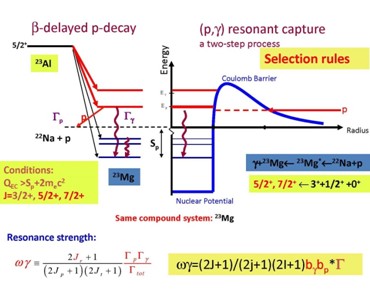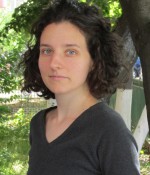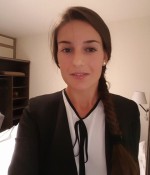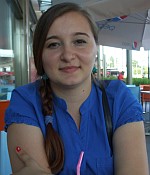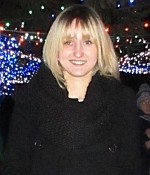


Nuclear Astrophysics (NAG group)
Contact person: Livius Trache, Dan Filipescu, Adriana Raduta
Nuclear Astrophysics is high in the scientific programs of all large nuclear physics institutes in the world and so it is in the
DFN program. We are doing experimental work and theory. A recent review of all nuclear astrophysics activities in
IFIN-HH was published recently and is available at
https://www.epj-conferences.org/articles/epjconf/abs/2020/03/epjconf_enas2020_01016/epjconf_enas2020_01016.html.
Most of the activities described in the paper are concentrated in DFN. We work with home facilities, and collaborate with fellow experimentalists and theoreticians from different laboratories outside Romania, on 3 continents: Texas A&M University (TAMU), Washington University at St. Louis (WU), LNS Catania, ATOMKI Debrecen, RIKEN, Wako, Konan University and NewSUBARU, Japan, LUTH, Observatoire de Paris, France, FIAS Frankfurt, Germany; University of Coimbra, Portugal.
Nuclear Astrophysics Group (NAG): NAG is a group in DFN working in experimental nuclear physics for astrophysics.
To accomplish our program, we work locally with our 9 MV tandem accelerator, with the accelerators (3 MV and 1 MV tandetrons) of the Department of Applied Nuclear Physics (DFNA),
and with one theoretician from DFT.
Experimental activities
NAG was established and built after 2012.
Activities are concentrated in two types of experiments and their interpretation:
We also have a consistent outreach program, with national and international audiences (section C below).
A. Direct measurements for Nuclear Astrophysics
A.1 Measurements using the tandetron & the underground laboratory
In 2013 and 2014 it became clear that doing direct measurements for nuclear astrophysics may be a possibility afforded by
the newly installed 3 MV tandetron accelerator of IFIN-HH, which was just installed at the time [2].
The idea of coupling it with the use of the ultra-low background laboratory that IFIN-HH has in the salt mine at Slănic-Prahova [3]
turned out to be a valuable one that makes the group competitive in this field. The accelerator tests of 2013 and the
experiments of the following years proved the idea correct: this combination makes the group competitive for direct
measurements with alpha particle and light ion beams. These “home experiments” turned out to be also an excellent
training opportunity for the young students in the group. At first, the main emphasis was on the experiment 13C+12C,
which was done with groups from China (IMP Lanzhou, and CAS Beijing) and from other departments of IFIN-HH: DAT,
DFNA and DFVM.
During the experiment, the 13C beam in the laboratory energy range of Elab= 11.0 – 4.6 MeV
(Ecm=5.28-2.21 MeV), with steps of 0.2 MeV,
impinged on 1.5 mm thick natural carbon targets. Intensities in the range of 0.02-15 pµA were used in different runs.
We did activation measurements (both in Magurele and in the salt mine in Slănic) and in-beam prompt gamma-ray measurements.
Thick target yield for the 12C(13C, p)24Na fusion reaction was determined through the measurement of the gamma-ray yield
following the beta-decay of 24Na (T1/2=15 h) at the low background laboratory GammaSpec (at ground level in IFIN-HH),
in NAG’s own setup and in the ultra-low background laboratory μBq in Unirea salt mine at Slănic (Figures 2 & 3).
The characteristics of the combined facility and the main results of this study were published [4,5].
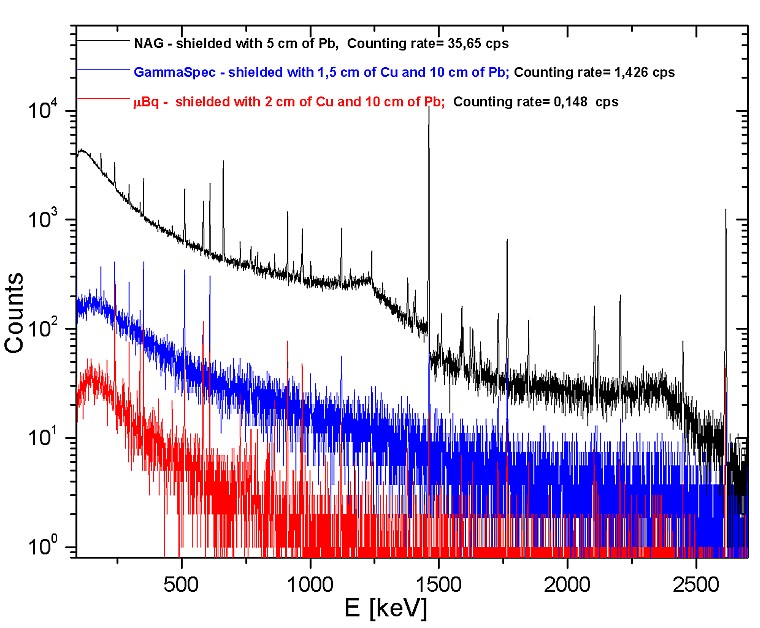 Figure 2. Comparison between collected background from laboratories(NAG, GammaSpec and µBq)
Figure 2. Comparison between collected background from laboratories(NAG, GammaSpec and µBq)Later, similar measurements were made with alpha-beams for the reactions Ni(α,x) and Zr(α,y). More recently we developed a special device to allow a more efficient measurement of activities with shorter lifetime. It is a beta-gamma coincidence setup we dubbed BEGA (Figure 4). It allows easier, reproducible de-activation measurements for isotopes with lifetimes as low as 1 min.
With it we started a wider program to study reaction mechanisms for ion-ion fusion at energies below the Coulomb barrier. This may take several years, and prompt gamma-ray and de-activation measurements at home will be combined with indirect methods at outside laboratories.
A.2 Experiments at the 9 MV tandem-pelletron
The astrophysical p-process involves the transformation of pre-existing stable nuclei located at the bottom of the valley of nuclear
stability - s nuclei – and those located on the neutron-rich side of the valley – r nuclei - into proton rich species by series of
(γ, n), (γ, p), (γ, α) photodisintegrations and beta decays [6]. Cross section measurements on proton and α captures at sub-Coulomb
energies provide constrains on the γ-ray strength function, especially the E1-strength distribution, which directly determines the
total photodisintegration cross section and therefore plays a decisive role in model calculations for nuclear astrophysics.
Our group measures (α, γ) [7-9] and (p, γ) [10] absolute cross sections on medium mass targets in the energy range close to the Gamow window.
The experiments typically measure activation γ-rays, using a counting setup of two large volume high-pure germanium
detectors (HPGe) with relative efficiencies 55% and 100%, placed head-on in a passive lead shielding.
Recently we also started to investigate the possibility of using the RoSPHERE detection array for in-beam
cross section measurements and spectroscopic studies dedicated to astrophysics. Experimental measurements
are complemented by theory efforts to provide systematics of α-particle optical potentials at low and very
low energies by Vlad and Marilena Avrigeanu of our department.
Together with collaborators from the Department of Nuclear Physics at Oslo University, we launched an extensive experimental
study on nuclear spin distributions. Using proton beams delivered by the 3 MV IFIN-HH Tandem accelerator,
we measure proton capture cross sections for the residual nucleus formation in the ground and metastable states.
The measured isomeric ratio is particularly useful for probing the spin dependence of nuclear reactions and can
shed light on the spin distribution of the compound nucleus [11]. The spin distribution is a key ingredient for
the Oslo method [12] of simultaneous extraction of nuclear level densities (NLD) and Gamma-ray Strength Functions
(GSF) in the astrophysical relevant low energy range, below the particle separation threshold. Sample spectra below,
in Figure 5.
 Figure 5. Background and activation spectra of proton + natZr reactions for the lowest proton beam
energy Ep=1800 keV.
Figure 5. Background and activation spectra of proton + natZr reactions for the lowest proton beam
energy Ep=1800 keV.